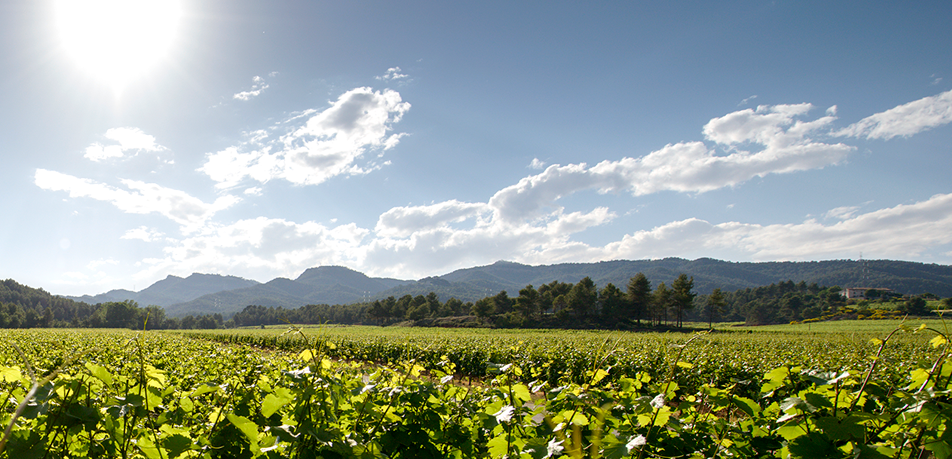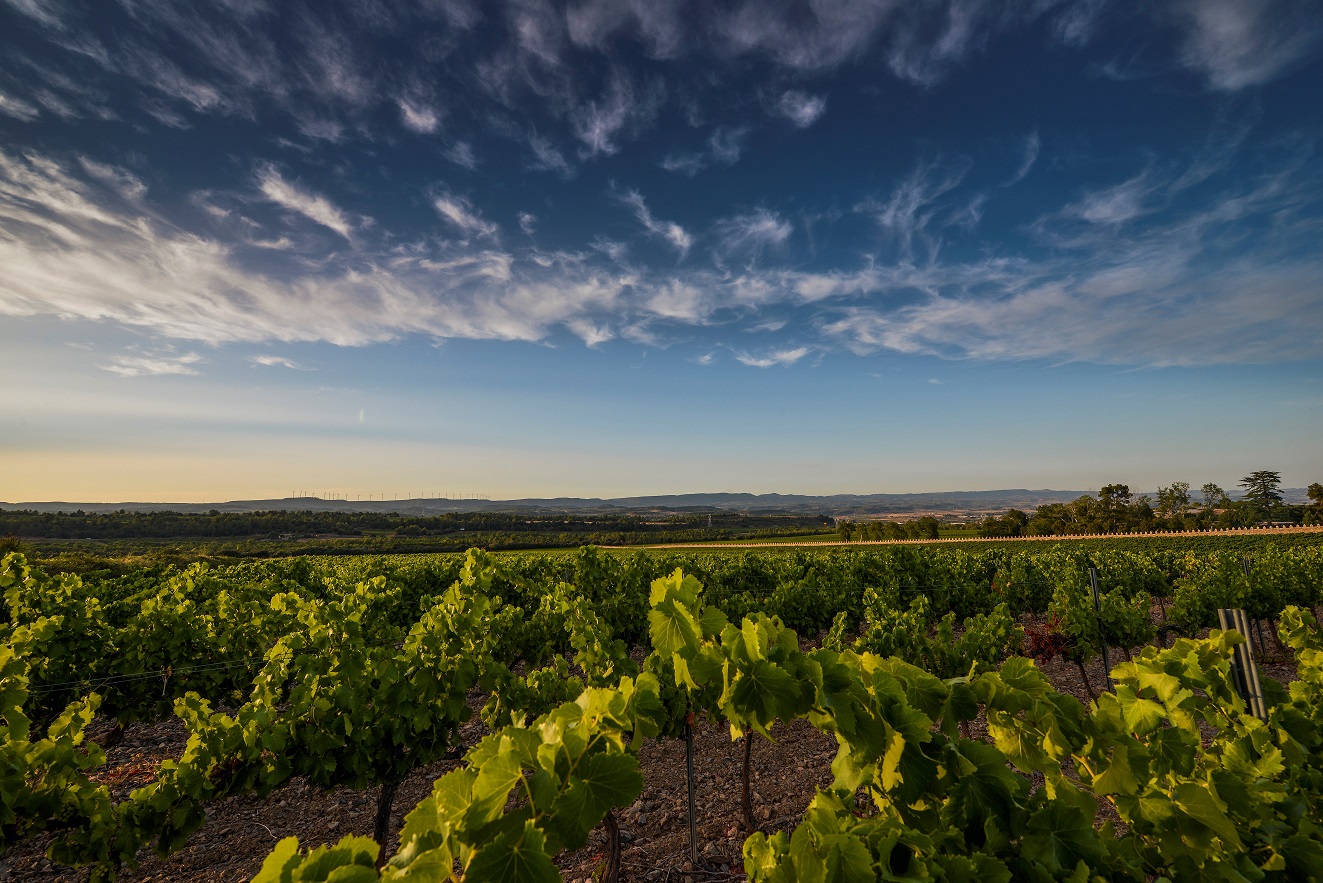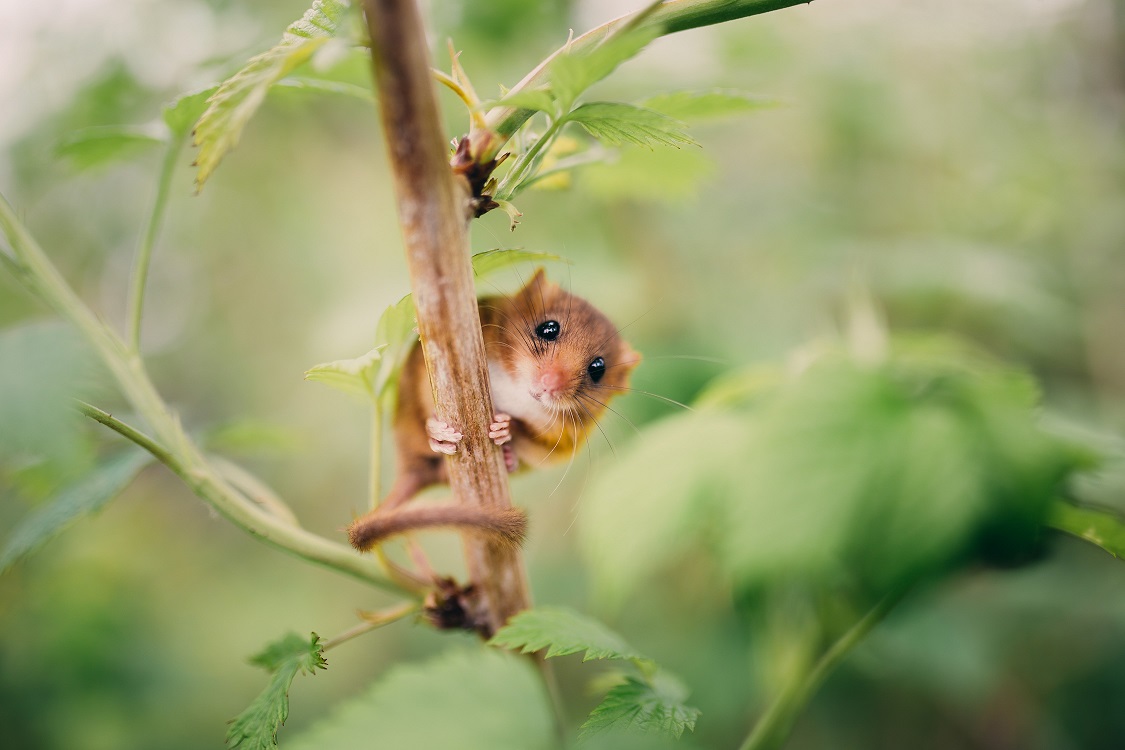How Rising Summer Temperatures Affect the Vineyard and Nature

According to the World Meteorological Organization (WMO), climate change is causing average sea surface temperatures to reach record highs this year despite the absence of the El Niño phenomenon: the warming phase of the equatorial Pacific which significantly influences climate patterns on the planet.
As a result, forecasts predict a warmer-than-usual summer. In fact, the months of April and May have been the warmest on record (in the absence of El Niño).
In its forecast for Spain, the National Meteorological Agency (AEMET) coincides with the WMO. After the warmest winter of the century, and spring temperatures that were up to 15oC above average, local crops and nature prepare for what might be another scorching summer.
Although the grapevine is an ancient crop that thrives in the Mediterranean climate and can handle high summer temperatures, the increase in both the frequency and intensity of heat waves is putting its tolerance to the test.

Grans Muralles Estate (DO Conca de Barberà) a summer dusk.
Temperature records in Spain show that every decade since 1970 has been hotter than the one before. Furthermore, the rise in temperature here far exceeds the global average (1.1oC), reaching about 1.7oC since the pre-industrial era.
The forecasts, however, indicate that warming could reach +3oC in 2050, an increase that would not follow a linear pattern, but occur in intervals of ever more severe heat waves.
Should this prediction become a reality, both crops and nature would have to make an enormous effort to adapt.
When temperatures get very high, the soil in the vineyard dries out, bringing the plant's growth to a halt. Under extreme conditions, when the mercury rises above 40oC, even photosynthesis can stop, fruit ripening may accelerate dramatically, and the leaves and clusters can shrivel and burn.
When forests are exposed to excessively high temperatures, the water the trees absorb through their roots cannot compensate for the moisture lost through the pores of their leaves (botanists call them stomata). The result is water stress, forcing the tree to shed its leaves so it can survive on very little water and avoid desiccation. This weakens the forest ecosystem's ability to fend off pests and invites large-scale wildfires.

The dormhouse, a usual animal around the vineyards.
Certain animals—dormice, for example—withdraw into the depths of their burrows when the heat becomes intolerable, falling into a deep slumber similar to hibernation, except in the middle of summer. In this state, the kidneys shut down to retain as much liquid as possible, the heart rate drops to barely perceptible beats, breathing slows down, and brain activity ceases except to maintain the most basic vital functions.
The ability to adapt to extraordinary circumstances is one of the great lessons we can learn from nature, both in dealing with catastrophes like the Covid-19 health crisis and the greatest threat to humankind: the climate emergency.
